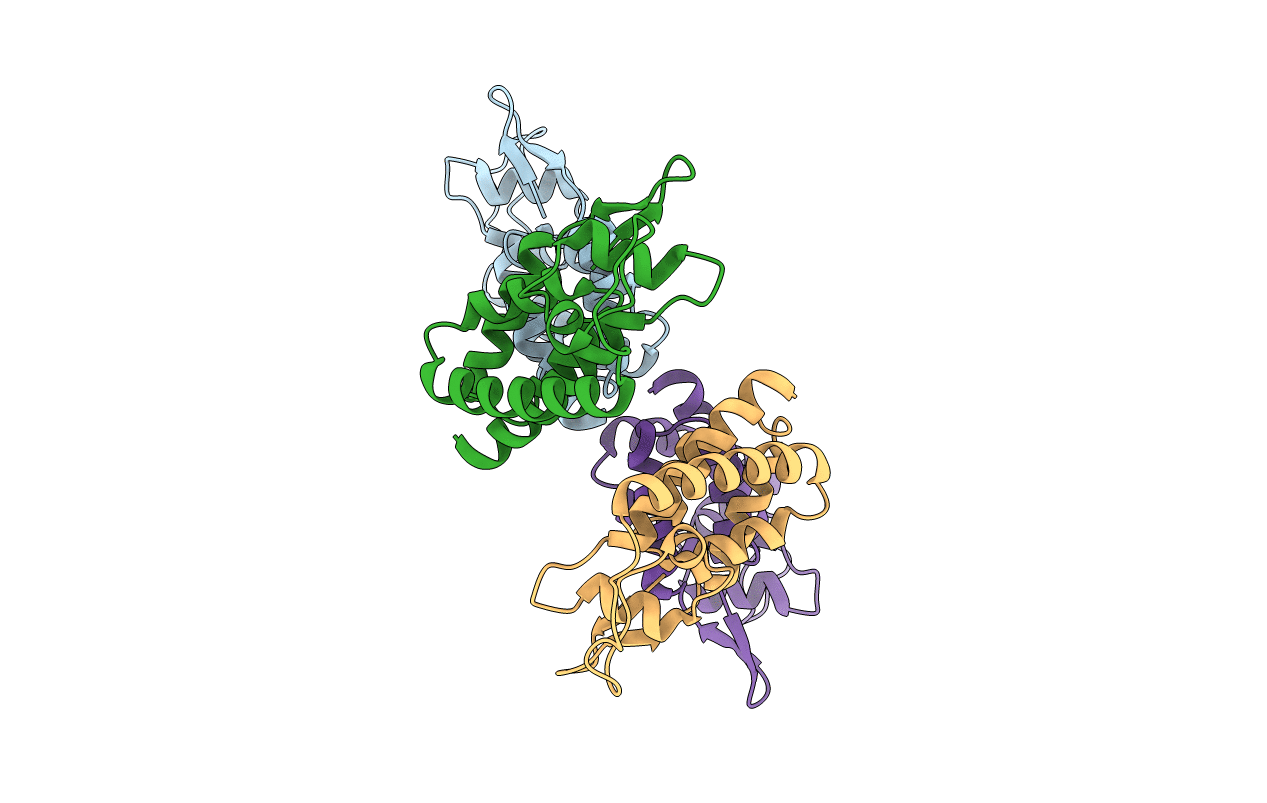
Deposition Date
2010-03-05
Release Date
2010-09-15
Last Version Date
2024-05-08
Entry Detail
PDB ID:
2X82
Keywords:
Title:
Evolutionary basis of HIV restriction by the antiretroviral TRIMCyp
Biological Source:
Source Organism:
Host Organism:
Method Details:
Experimental Method:
Resolution:
2.60 Å
R-Value Free:
0.27
R-Value Work:
0.21
R-Value Observed:
0.21
Space Group:
P 21 21 21


